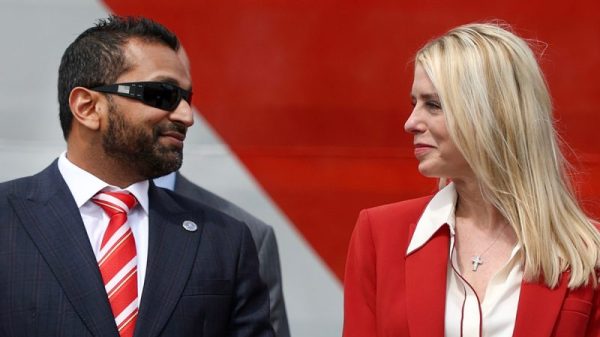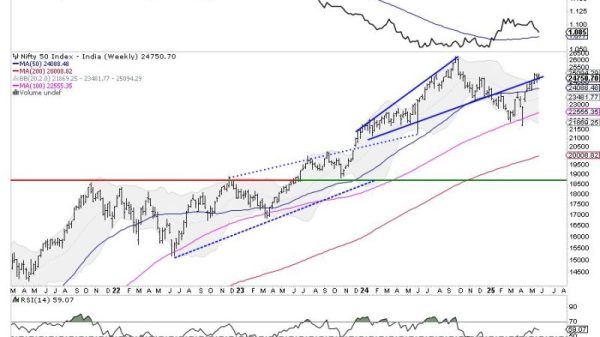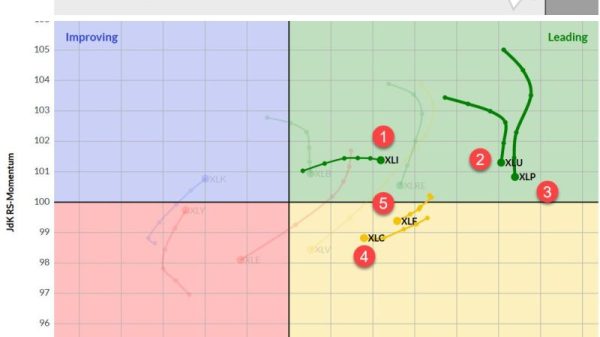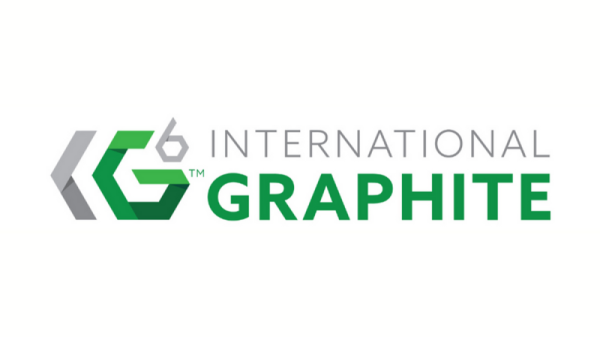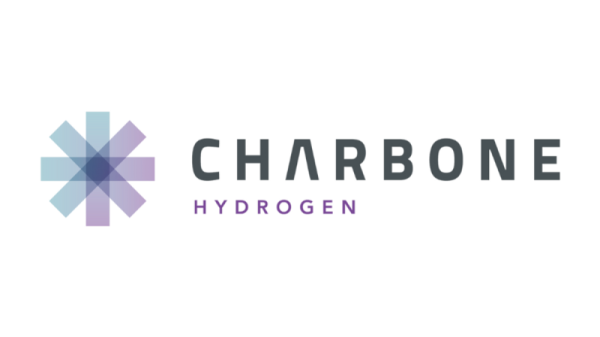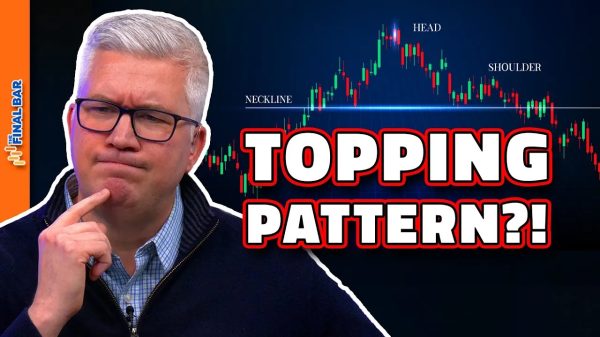Understanding the needs and interests of every stakeholder is the basic foundation on which a successful stakeholder management plan is laid down.
These can be your internal team members, company executives, external partners, or even clients—each group having its expectations and areas of concern that have to be effectively addressed. Such understanding helps to realize in advance any potential problems and develops strategies in line with the goals. The stakeholder needs should be given priority to lay the ground for a plan that ensures cooperation and minimizes conflict.
Identifying Key Stakeholders
Not all stakeholders have an equal level of influence or even interest in your project; therefore, identifying key stakeholders is the main step in your management plan. First, segment your stakeholders based on the potential effect they might have and the interest they hold in your project. It helps to decide who will need to be kept close and who will require less information. Keeping your key stakeholders at the center of your attention will let you plan accordingly and maintain all the most critical relationships throughout the project.
Define Clear Objectives
Setting clear objectives of what stakeholder engagement one wants to achieve comes immediately after the identification of the key stakeholders. These will be in agreement with both the goals of the project and expectations of all stakeholders. Having well-defined objectives provides your stakeholder management with some directions and purposes for easy measurement of success. These could also involve getting major decisions approved by stakeholders, making communications about the project in a timely manner, or resolving conflicts that may arise. Clearly defined objectives keep everyone focused and engaged.
Developing a Communication Strategy
Communication is at the heart of any stakeholder management plan. One needs to develop an effective communication strategy determining the most appropriate channel, frequency, and type of communication with each stakeholder group. For instance, whereas some would want detailed reports and regular meetings, others could be appropriately fine with an email update. Communicating specifically through unique tools such as land management software is another aid to stakeholder communication, since a significant part of the information relating to a project that a stakeholder may want is available in real-time through such media. A good communication strategy will keep all stakeholders informed and involved throughout the project.
Managing Expectations of Stakeholders
Probably, the most challenging aspects of stakeholder management revolve around the management of stakeholder expectations. The expectations are normally very diverse, and you should deal with them early enough and constantly. This means fixing realistic timelines, transparency about the risks that might incur, and clear communication in case of changes affecting the outcome. Regular check-ins and updates help manage expectations and avoid misunderstandings. Dealing with concerns up front creates trust and maintains a positive relationship with the stakeholders.
Monitoring and Adjusting the Plan
A stakeholder management plan should not be a static document. It is supposed to have constant monitoring and follow-up for its effectiveness. It regularly embodies the analysis of the feedback from stakeholders on the effectiveness of your communication strategy and making the right adjustments. Also, scope changes, stakeholder priority, or external factors might impact plan revisions. Keeping yourself flexible and responsive to change will help maintain good stakeholder relationships in changing situations.
The last step in developing a working stakeholder management plan is to measure its success. This means measuring the outcomes against objectives that were set at the beginning of the project: were stakeholders satisfied with the level of engagement? Did the communication strategy keep everybody well informed? Were conflicts resolved in good timing? Looking at these elements will enable you to identify areas of improvement and retain those lessons for other projects. An overall assessment justifies or proves not only the success of your current plan but also provides materials for continuous improvement in stakeholder management practices.
Read more:
How to Develop a Working Stakeholder Management Plan



